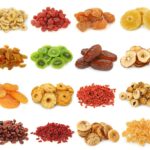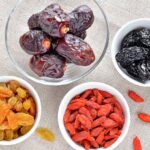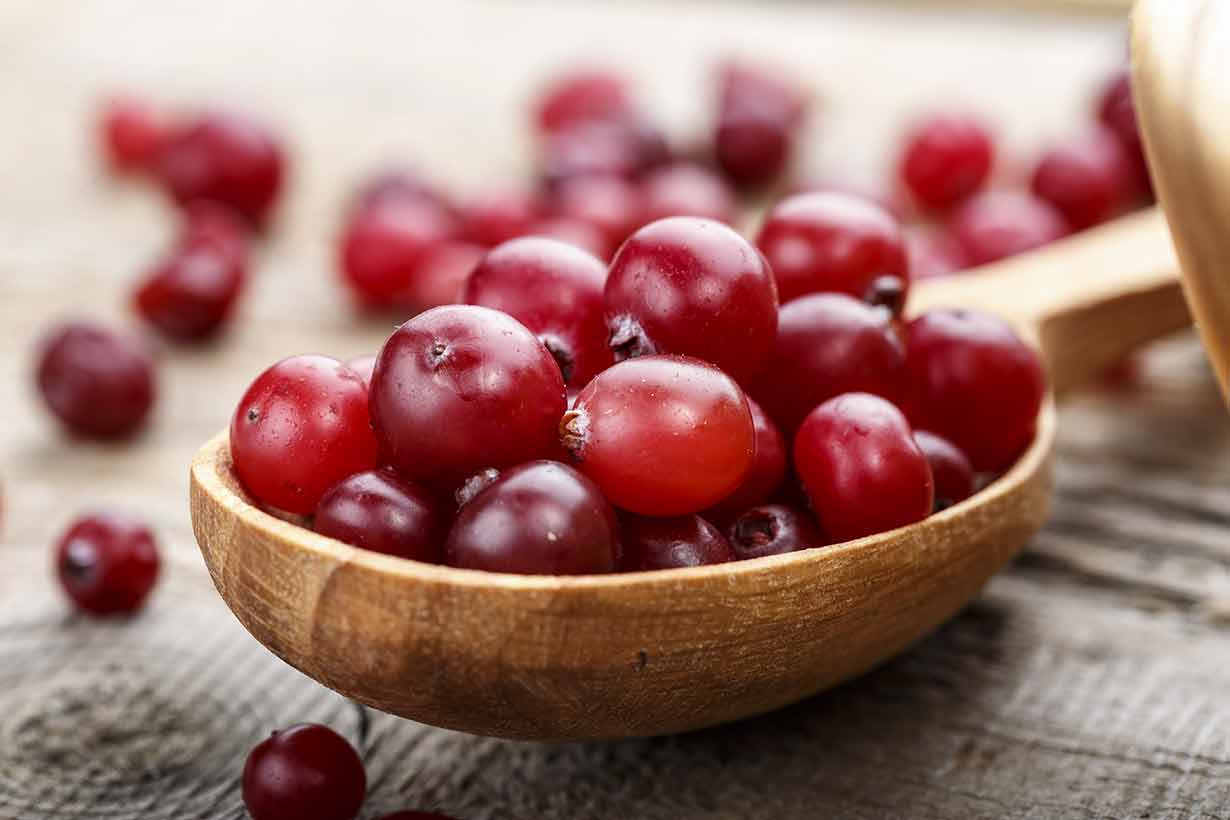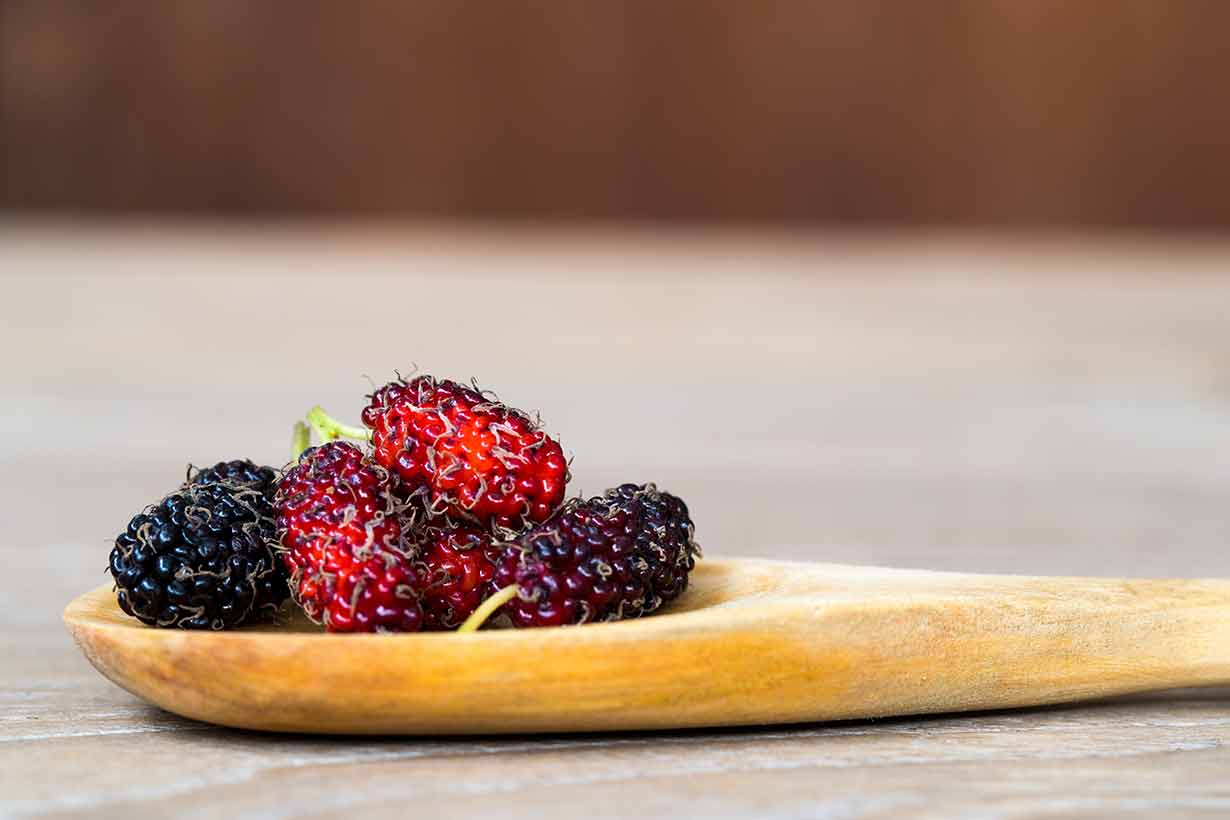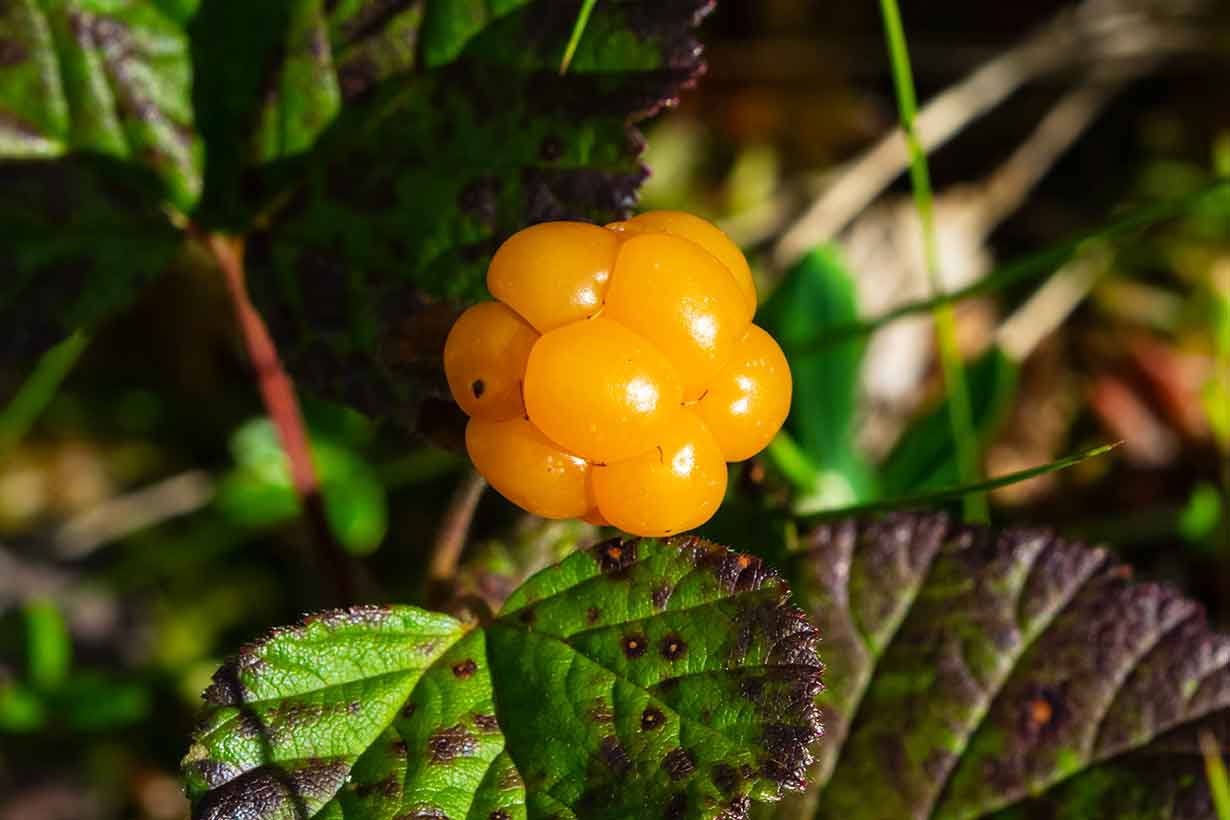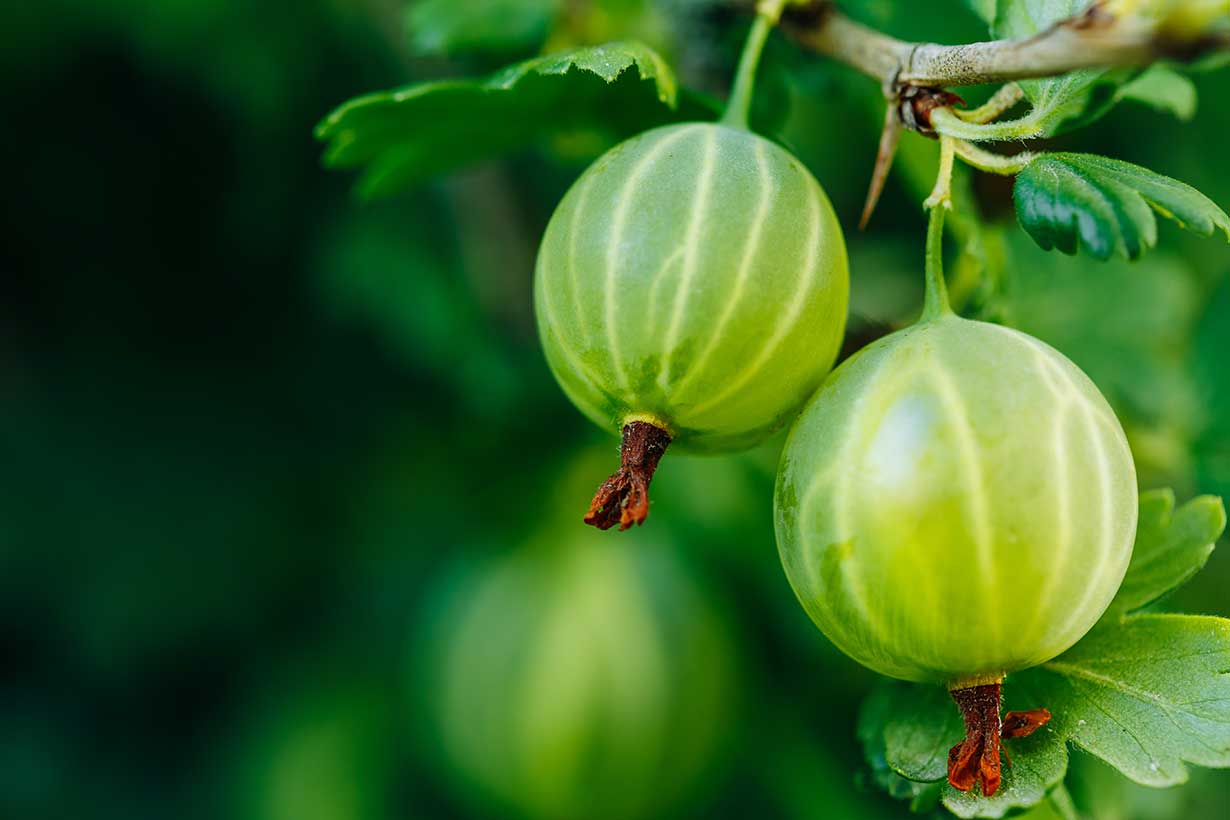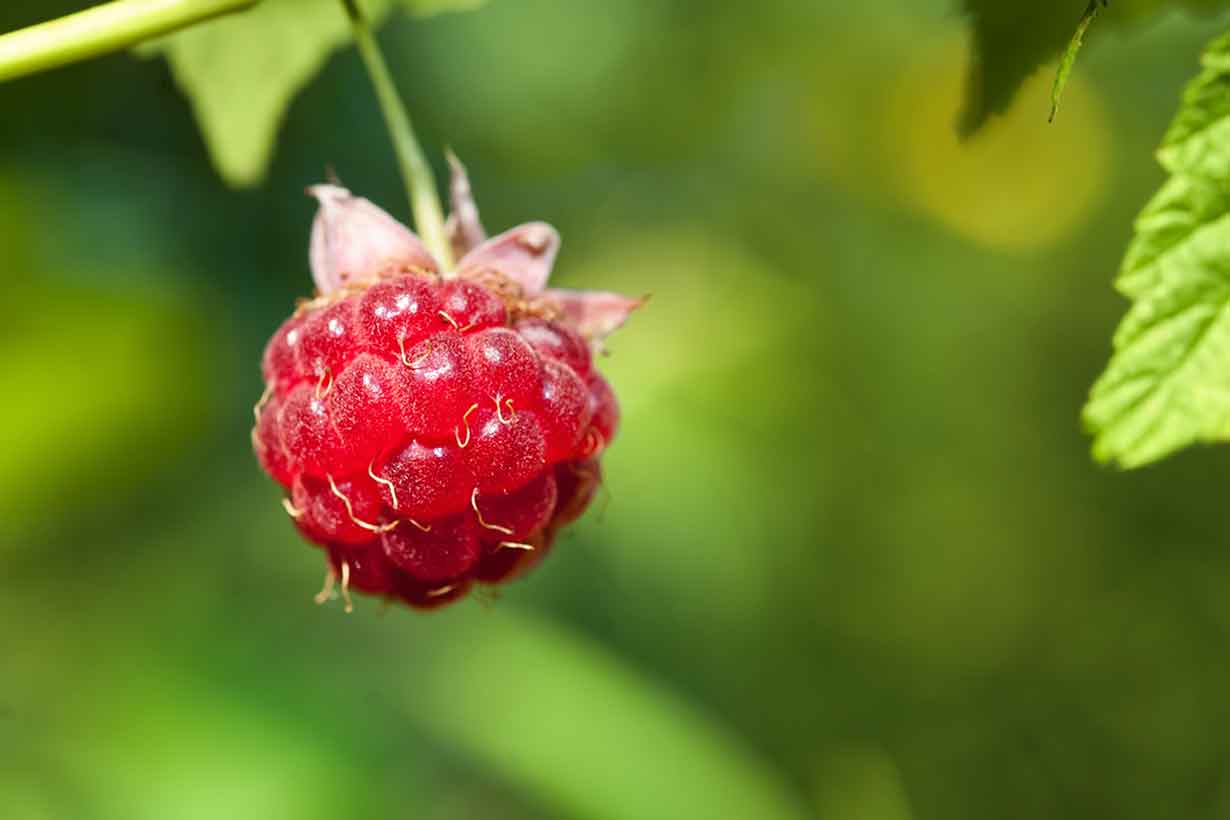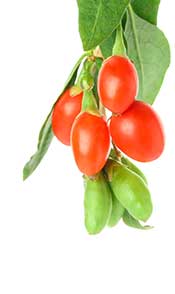
Goji berries have become incredibly popular over recent years.
Also known as the Chinese wolfberry, this tasty fruit often receives the “superfood” tag from the media.
However, is this hype deserved, or is it all just marketing?
This article takes a look at the nutrition profile, health benefits, and concerns about goji berries.
What Are Goji Berries?
Goji berries are the fruit of either the Lycium barbarum or Lycium chinense plant, both of which are native to Asia.
The berries have a long history and have played a part in traditional Chinese medicine for over 2000 years (1).
In the modern day, goji berries grow in many different countries, including in Canada, the United Kingdom, and the United States.
However, China remains the biggest exporter in the world, exporting more than 7,300 tonnes in 2017 (2).
We can eat goji berries in their raw form, made into a tea or wine, or in various recipes.
The main commercial production relates to goji berries in their dried fruit form.
As dried fruit, goji berries have become increasingly prevalent, but they are not as commonly found as dried fruits like raisins, sultanas, dried apricots, and prunes.
Taste and Appearance
Regarding appearance, goji berries are small and bright red berries in their fresh form.
Dried goji berries are more commercially prevalent, and they look something like red raisins.
Describing the taste of goji berries is a somewhat tricky task since they have a unique flavor.
In their fresh form, the berries have a bitter and astringent taste, with slightly sour notes and very little sweetness.
However, in their (more popular) dried form, goji berries lose a large part of their bitterness.
Dry berries are still slightly bitter, but they develop a sticky-sweet taste and consistency.
Nutrition Facts
The tables below show the nutritional values for one ounce (28 grams) of dried goji berries (3);
Calories and Macronutrients
| Calories / Macro | Amount |
| Calories | 98 kcal |
| Carbohydrate | 21.6 g |
| Fiber | 3.6 g |
| Sugar | 12.8 g |
| Fat | 291 mg |
| Protein | 4 g |
As shown, one ounce of goji berries is carbohydrate-dense and contains around 12.8 grams of fruit sugar. This amount is slightly less than the sugar a small apple would provide.
Surprisingly for a fruit, goji berries are also a source of amino acids, and one ounce provides 4 grams of protein.
The fat content is negligible.
Vitamins and Minerals
Goji berries contain significant concentrations of the following micronutrients;
| Nutrient | Amount (% RDA) |
| Vitamin A | 150% RDA |
| Copper | 28% RDA |
| Selenium | 25% RDA |
| Vitamin C | 23% RDA |
| Riboflavin | 21% RDA |
| Iron | 5% RDA |
| Calcium | 5% RDA |
As can be seen in the table, goji berries provide a substantial amount of vitamin A in the form of carotenoids.
The fruit also supplies a decent serving of copper, selenium, and vitamin C.
 Health Benefits of Goji Berries
Health Benefits of Goji Berries
Although their purported Chinese nickname is ‘the fruit of longevity,’ we should not place too much emphasis on this.
Unfortunately, the vast majority of articles on goji berries exaggerate their relative health benefits with claims that the evidence does not substantiate.
In other words; there is zero evidence that shows goji berries prolong lifespan or prevent/cure cancer.
Despite this, these little red berries do still have some decent health benefits.
1) Rich Source of Carotenoids
Goji berries contain significant concentrations of carotenoids which are responsible for the fruit’s orange/red hue.
Among these compounds, zeaxanthin is the primary carotenoid, and it also functions as an antioxidant (4).
Another carotenoid that goji berries provide is beta-carotene, a precursor to vitamin A. While vitamin A from plant foods is not as bioavailable as retinol (from animal foods,) it can still be beneficial.
This essential vitamin is responsible for several crucial processes in the body, including growth and development and the optimal functioning of the immune and visual systems (5).
Further, clinical trials show that greater intake of carotenoid-rich food increases skin carotenoid status (6, 7).
Various studies demonstrate that a higher skin concentration of carotenoids helps to protect the skin from UV-induced damage (8, 9, 10).
2) High in Vitamin C
The second most prevalent vitamin in goji berries is vitamin C.
With approximately 23% of the RDA per ounce, the berries are a vitamin C-rich food source.
Vitamin C plays a critical role in our whole body’s health, and it is responsible for;
- Protecting cells against free radical-induced oxidative damage (11, 12).
- Healing from bruises, cuts and general wounds (13).
- Supporting and regulating cellular functions of the immune system, and thereby improving overall immunity (14).
Interestingly, vitamin C also appears to boost the amount of iron we can absorb from non-heme (plant) sources (15).
 3) Concentrated Source of Polyphenols
3) Concentrated Source of Polyphenols
Although they do not have direct antioxidant activity as once believed, polyphenols appear to up-regulate numerous biological processes (16, 17).
In other words, they can make various systems (such as inflammatory response) work better.
As one of the most concentrated sources of polyphenols, goji berries provide a range of interesting compounds.
The most prevalent of these polyphenols include rutin, scopoletin, caffeic acid, coumaric acid, moupinamide, and a range of flavonoids (18).
These compounds may have several benefits for health, such as helping to lower blood pressure (19, 20).
4. Benefits For Eyesight
As previously mentioned, goji berries contain a wealth of carotenoids.
Among these compounds, the berries are an especially good source of zeaxanthin and lutein. Zeaxanthin and lutein play a role in our visual health, and some studies suggest they may help to prevent or reduce the progression of macular degeneration (21, 22).
Human randomized, controlled trials also show that goji berry supplementation increases plasma antioxidant levels of these two compounds.
In one study, 13.7 grams of goji berries per day “significantly increased” plasma levels of zeaxanthin. This particular trial lasted for 90 days and featured 150 participants.
The study results found that the 75 individuals taking goji berries every day experienced a 26% increase in plasma zeaxanthin compared to the 75 participants in the blinded control group (23).
Goji berries also contain a unique phytonutrient known as Lycium barbarum polysaccharide. In-vitro (cell culture) studies show this compound has anti-cancer activity and helps to inhibit the proliferation of cancer cells.
However, these findings are from in-vitro (cell culture) studies, and there is currently no evidence for the same effect within the human body (24).
5. Surprising Source of Protein
Surprisingly for a fruit, dried goji berries provide a reasonable amount of protein and contain 18 amino acids (25).
In fact, there are about 14 grams of protein per 100 grams, which works out at about 4 grams per ounce (3).
While nobody should eat goji berries specifically for protein content, it is a nice little bonus.
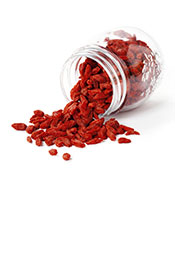
Concerns and Side Effects
Now that we have looked into the health benefits of eating goji berries; what concerns are there?
Sadly, there are some negative points about the fruit that people should be aware of.
1) Dried Goji Berries Are High In Sugar
Yes, fruit sugar may be natural, but it can still be problematic in excessive amounts.
While a handful of goji berries from time to time is no problem, continually snacking on them could become an issue.
For instance, one ounce (28 grams) contains a substantial 12.8 grams of sugar (3).
The total content does not sound significant, but it is approaching a sugar-density of 50%, so the sugars can quickly add up in bigger portions.
Goji berries may also spike blood sugar levels, and this may be an issue for people with diabetes or anyone watching their carbohydrate intake.
2) “Superfood” Claims
If a superfood truly exists, it would probably have to be either organ meats or shellfish due to their outstanding nutrient density.
Although goji berries can be healthy, the “superfood” claims are more for marketing purposes.
After all, everybody is going to be interested in a product that claims to offer longevity benefits and extend lifespan.
Unfortunately, there is just no evidence for these claims, and exaggerated marketing has allowed a whole industry to spring up.
For example, products like ‘goji juice’ and small packets of ‘goji extract powder’ commanding a fee of $20 is poor value for money.
Real goji berries in their whole food structure (complete with fiber) are the healthier and better-priced option.
3. Drug Interactions

Many common foods and drinks can have interactions with prescription drugs, and this is the case for goji berries.
Specifically, anyone who is using blood-thinning medication such as warfarin may wish to discuss with their doctor.
Various case studies document adverse reactions between warfarin and goji berries. For this reason, researchers believe it is “probable” that the berries can boost the anticoagulant effects of the blood-thinner warfarin (26, 27, 28).
Doctors consider medication doses carefully, and more powerful effects can, therefore, have unintended consequences.
Always discuss medical issues with a doctor.
4. The Price
Lastly, the price of goji berries is an issue, and they are expensive for what you get.
With a price range hovering around $15 to $20 per pound, they cost substantially more than a punnet of fresh strawberries or blueberries.
Are they worth that much money?
For me, probably not.
How To Eat Goji Berries
Since not many people are aware of all the different forms of goji berries, here is a quick look at how we can consume them.
- Raw: Many people enjoy to eat goji berries by themselves. Also, various trail mixes 0 either bought or homemade – contain the fruit.
- Cooked: Using goji berries in a recipe adds a unique and slightly sweet flavor to the dish. Additionally, the berries re-hydrate as they take in water and increase in size. One type of food where they work well is meat-based stews.
- Juice: Pure juice from blended fresh goji berries. However, this juice is very expensive and, in my opinion, not worth the money.
- Tea: Especially popular in China and the Far East, goji tea is made by steeping dehydrated berries in hot water. It is also possible to buy teabag products for a reasonable price.
- Wine: There is a wide range of goji berry wine products in China, although finding them in the West may be difficult outside of Asian market stores.
Are Goji Berries Good For You?
This article shows that goji berries have a range of positive health benefits, but they are often somewhat exaggerated.
Furthermore, the deceptive marketing surrounding the fruit overplays their positives and drives up the price.
Despite this, goji has an excellent nutrition profile for a fruit.
These little red berries are relatively nutrient-dense, provide protein, and contain a range of interesting compounds.
That said, due to their price and the high sugar content of dried fruit, it may be better leaving them for an occasional treat.
For a more regular thing, any fresh berry will offer many of the same benefits for a lower price.
Looking for more on berries? Then see this complete guide to mulberries.

 Health Benefits of Goji Berries
Health Benefits of Goji Berries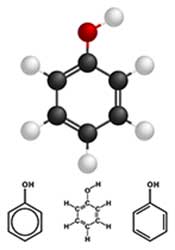 3) Concentrated Source of Polyphenols
3) Concentrated Source of Polyphenols
